Brick and Mortar Retail Business
Brick and Mortar Model / Strategy
Brick and mortar retail is thriving and accelerating past online stores, even in the modern digital era. Research estimates show Amazon accounts for 5% of US retail sales, while multichannel accounts for another 5% of retail sales. This means physical stores account for a majority of the retail sales. Most retail sales captured by retailers have a physical presence.
Consumers prefer shopping in physical stores with immersive and interactive brand experiences, according to an AT Kearney survey.
Future of Brick & Mortar
The brick and mortar retail space are in constant flux. The future is hi-tech and digital, and brick and mortar retailers are increasingly adapting to this. Brick and mortar channels are facing an increasing load of challenges and silver bullet technologies along with customized retail strategies will shape the future of brick and mortar retailers.
Deep Discounting
Deep discounting is set to impact brick and mortar industry stalwarts, with some like Target, JCPenny, and Aldi which are global players joining in with competitive pricing schemes. The e-commerce giant Amazon has even launched its own physical retail space besides acquiring brick and mortar players Whole Foods.
Role of Advancing Technologies
America’s top retail stores saw a net increase of 4000 new stores in 2017 and 5,500 stores in 2018 according to Cognizant. Estimates also suggest nearly 90% of sales still take place in brick and mortar stores. Tracking the Indian and Asian growth story, brick and mortar retailers are adopting advanced technologies to enhance in-store experiences.
Going Digital
Customers are digital and convenience or customization will now shape in-store experiences as well. The future of brick and mortar retail is bright.
Think convenience, contact, customization, and consistency.
The micro trip matters just like the shopping experience itself. Traditionally brick and mortar retailers were oriented towards long shopping trips. Micro trips lasting less than 5 minutes allow brick and mortar firms to benefit from efficient store formats and improved targeted marketing.
Digitization of in-store customer experiences is the recipe for winning customer loyalty. Cameras and sensors track purchases so customers don’t second guess the goods they buy. Complete convenience, customization, and consistency while curating customer journeys can help to better understand brick-and-mortar customers.
As customers continue to seek personal interaction and hands-on experiences while purchasing retail products, brick and mortar is an evergreen channel that will never go out of vogue. Mediocre retail experiences are dead. Today, it’s about enhancing in-person experiences at your brick and mortar retail store.
How YRC Can Help?
Rethinking the traditional brick-and-mortar retail model is not needed. But employing cutting-edge innovation and banking on human capital growth strategies is imperative for B&M retailers to thrive. Your Retail Coach (YRC) offers the perfect customized retail growth strategies and retail management solutions to help your brick and mortar business. A retail management consultant with expertise, YRC is exceptional at facilitating growth. This retail consulting services provider is among the top retail consultant firms today because of this reason.
As brick and mortar retail embraces tech, it continues to transform. Opt for Your Retail Coach to tailor your customer experience and store environment to create a unique equation between your retail brand and your client.
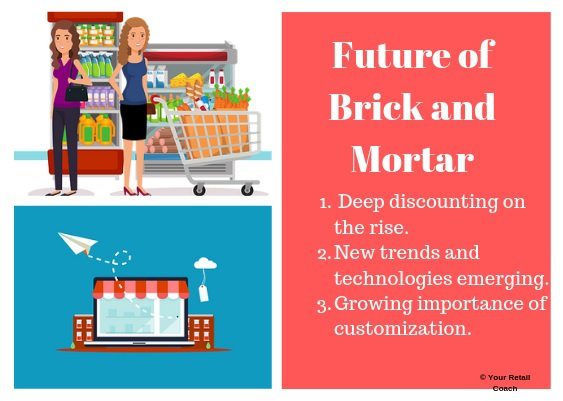
B&M AS Primary Retail Channel
Brick and mortar is a primary retail channel. When retailers consider how to open a store, B&M still predominates. The future of retail lies in the traditional brick and mortar stores. Retailers worldwide are stepping up brick and mortar platforms and stepping into physical shopping or in-store opportunities. Along the way, technologies like machine learning and cloud not only enrich the customer’s cross-channel experience but dramatically improve operational execution or employee experience, too. Leaders like Walmart, Home Depot, Kroger, Gap, Kohl’s and traditional retailers recognize the in-store opportunities.
It’s not just the Amazon Go stores. China has top players like Alibaba’s Hema supermarkets, and JD.com’s connected stores as well as Ocado’s fully automated stores. Forging new partnerships is the key to meeting brick and mortar marketing challenges.
Boosting Operational Excellence: Longstanding in-store business improvement opportunities enhance operational excellence. Stocks and merchandising execution are progressing thanks to video data, real-time updates on display, pricing, shelf, out of stocks and promotional execution. As price transparency becomes a competitive retail industry feature, more retailers are opting for the conventional brick and mortar route.
Enriched Customer Experiences: Online storefronts are now gaining traction among retailers because of the opportunity to enrich customer experience. Emerging technologies are now enabling insights for retailers in-store. It is easier to use increasingly sophisticated technologies to understand customer dwell times, purchase paths, conversion and shopper insights or engagements.
Prevent Losses: More and more retailers are moving ahead with brick and mortar retail. Use cases for streaming video are a game changer in key spheres like loss prevention, inventory management and improvement of in-store customer experiences. Thus, progressive technologies and standard operating procedures are streamlining brick-and-mortar operations and building on retail empowerment.
Covering Customer Journeys End to End: Progress has been made towards infusing every bit of the customer journey with convenience and accessibility. Retailers are moving towards offering easily accessible information to interact with knowledgeable customers. As the purchase process migrates online, brick and mortar stores are a way for customers to experience the product firsthand and this is the reason why retailers rely on this traditional brick and mortar channel.
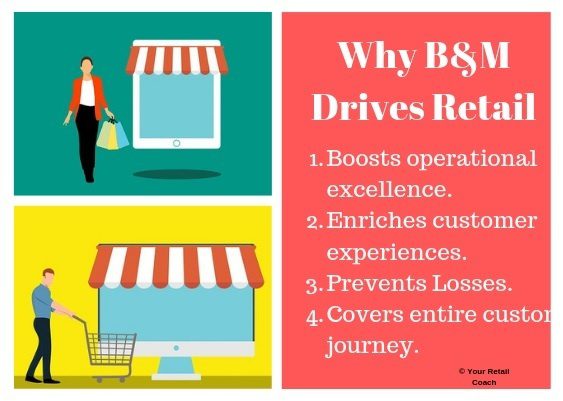
B&M Brand Building
Building Brand Visibility
Brick and mortar are absolutely essential for visibility and brand building, too. Credible retail brands offer a chance for customers to interact with products. In-store technologies bridge the gap between hi-tech and conventional retail. For customers across ages and demographic differentiators, the focus is on an experience that boosts brand visibility.
Adopting New Technologies
Intuitive store layouts and new trends or technologies such as touchscreen kiosks and product availability tracking on smartphones help in making retail brick-and-mortar outlets the perfect unit for modern shoppers. Retailers like Wayfair even have feature-rich apps to layer products into a physical space.
Offering Customer Value
Offering value through in-store experience by using technology which allows retailers to meet customers where they are, brick and mortar retailers work on instant brand recognition and recall.
For thriving in the new retail equation, brands make in-store experiences experiential and engaging, integrating technologies that meet customers midway. Next generation technologies and top retail growth strategies from reputed retail consultancies like Your Retail Coach (YRC) are paving the way for enhanced visibility.
Meet Customer Expectations
Brick and mortar stores serve significant and in-demand roles for shoppers and retailers alike. Brand building is central to a physical storefront that meets customer expectations. Personalized shopping experiences and complete and easy product accessibility makes brick and mortar a great option for retailers looking to cement their brand.
Facilitate Experiential Retail
The rising demand for experiential retail is about creating an experience that draws customers in and offers them exceptional value online brands simply cannot compete with. Customized product interaction, assistance from trained sales reps or one-to-one connection with products and brands is the key. Customers are increasingly in space interacting and immersing themselves in a product or brand, permitting them to focus on a positive retail experience.
Create Immersive Retail Experiences
The retail experience for brick and mortar establishments is focused on intuitive, meaningful, personalized and immersive shopping. For creating a specialized in-store environment, leading brands are relying on Your Retail Coach to move towards customized storefront tailor-made to suit client expectations.
Enhancing New Services
Brick-and-mortar outlets are increasingly focused on moving past simple goods exchange and enhancing new and complementary services and products. Retailers are finding inventive ways to use retail space to create a unique experience within the store, retaining current customers, attracting shoppers and pushing brands forward.
Building a Relationship with Customers
Brick-and-mortar retailers are now partners in building a relationship with customers. For retailers with brick-and-mortar stores, it is more than just building a brand identity. Retailers can rely on reputed consultancies like Your Retail Coach to bring brand identity to life and think of the big picture, as well as facets of how the brand work together. Consistency in tying back to customer touch points sends a unified brand message. Customers come to trust the brand as in-store, and social media or email experiences build credibility.
Synergizing Across Retail Channels
Synergy across brick-and-mortar retail channels ensures brand identities resonate powerfully. This makes brands increasingly relatable. Documenting brand identity, empowering customers to move towards brand advocacy, encouraging cross-department communication, targeting audiences with attractive marketing messages, collateral and signage is the key.
Understanding Customers
Brick and mortar channels enable retailers to understand their customers and create an experience that fosters trust, credibility and a strong relationship. Focusing on the experience, not just the product, goes the distance in today’s marketplace.
. 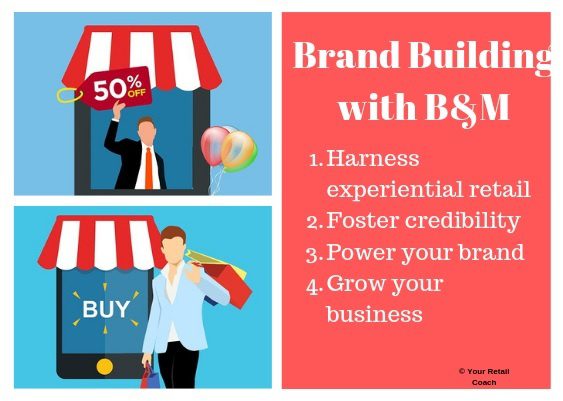
About Brick & Mortar
Even among digital Millennial shoppers, brick and mortar in retail is the preferred option, right from product discovery to clinching sales. Traditional retailers seek best sites for stores, optimal locations for markets and keep up with customer expectations of the in-store experience and building strategies. Brick and mortar retail market share are expanding, as retailers optimize physical store portfolios. Retail store setup is set to change with new omnichannel strategies at work.
Brick and mortar retailers help customers to discover new products and test items on offer online. Brick and mortar stores may capture sales, but also create value through each sales transaction. The value of the store for consumers and retailers is steadily growing. As consumer preferences evolve, the way retailers sell and offer value needs to shift as well.
Brick and mortar form the cornerstone of retail 2.0. Experiential shopping combines community with retail. Brands concentrating on brick and mortar have revitalized the industry through the adoption of new trends and the latest technologies. Barriers to entry are falling as retail industries are increasingly powered by human capital and new technologies. As brick and mortar retail fights back, it serves to complement the digital experience. Retail store Everlane developed in-store technologies to connect individuals to online profiles, so credit cards on file can be stored for payments later. Brands are also using physical stores to forge a sense of community. Walk-through or scan-and-go checkouts are on offer at leading brick and mortar retailers like Apple, Macy’s and Amazon Go. Nike even offers Scan-to-Try for smartphone shoppers in its flagship stores in NYC. Clearly, this is how brick and mortar retailers can win the omnichannel battle.
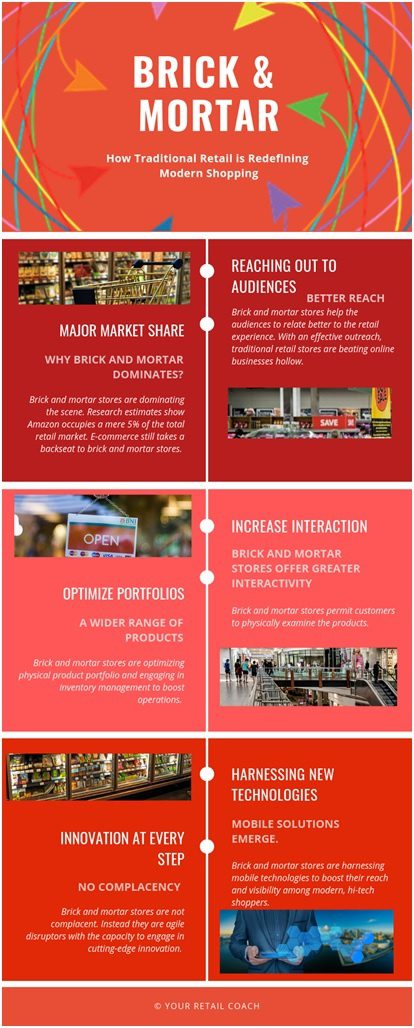
CASE STUDIES
Services Offered for
Brick & Mortar Retailers:
Get Advice for Business Consulting
Related Blogs
Making the most out of the festive season shopping: A Customer Perspective for Retailers
Decoding the Festive Shopping Spree For us, as customers, the festive season is a licence to spend. The vibes of festivity ushers with joy and a sense of celebration. This elevated mood often turns into an enhanced willingness to spend and indulge in shopping. It is a...
Mitigating Business Risks in Retail
Spotting the Swirls Sailing the stream of retail is canopying between opportunities on the surface and risks as the current of that stream. If the bad swirls are not spotted in advance, it can turn things undesirable. While big brands grapple with issues like lapses...
How Retailers are Enhancing Customer Experience (CX) with Hyper-Localisation
Hyper-localisation is an alignment strategy that helps retail brands and businesses mould into the requirements of a locality-based market environment. Marketing-wise, it helps retailers tailor their value propositions to cover the needs and expectations of highly...


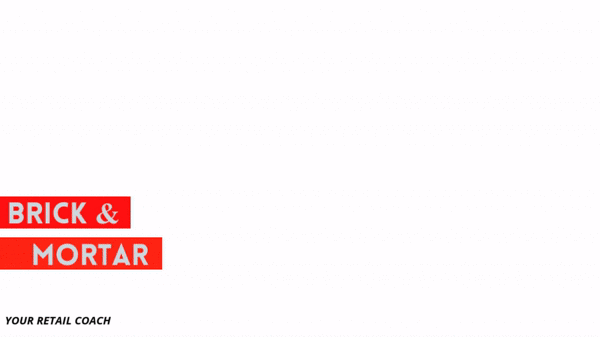
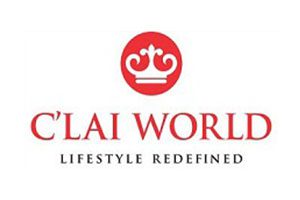
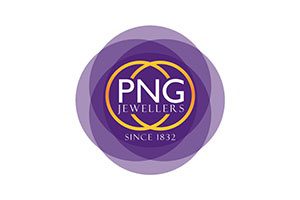
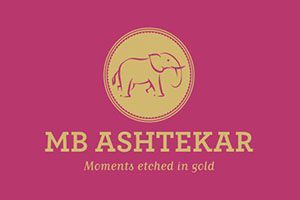
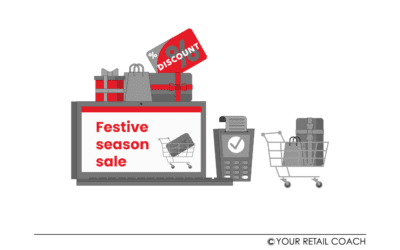
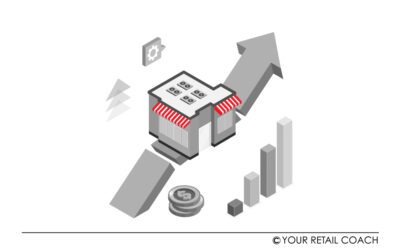

We work only for Visionaries.